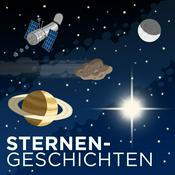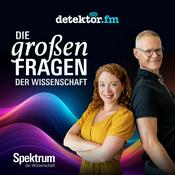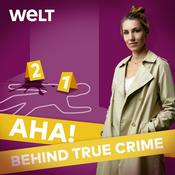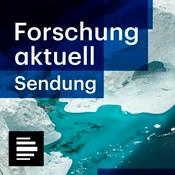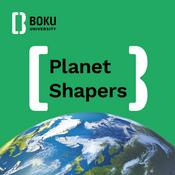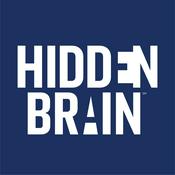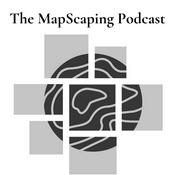Verfügbare Folgen
5 von 14
- Do metals and polymers get along well?Johanna Byloff is a PhD candidate at the ETH in Zurich, Switzerland. In this episode, she will talk about experimental techniques to stick together metals and polymers to obtain flexible, yet resistant, compounds which find applications in electronics, from smartphones to telescopes in orbit around Earth.--------25:22
- Solar physicsHow does a star like our Sun actually work? What fuels this giant ball of gas—and how does it change over time? And where do the elements of the periodic table really come from? In this episode, we explore these cosmic questions with our guest, Professor Alexander Shapiro from the University of Graz.--------38:35
- BiophysicsWhat is biophysics? What does it study, and why is it so difficult to apply physics to predict the behavior of living organisms? Professor Douwe Bonthuis from Graz University of Technology takes us on a journey through the fascinating, yet complex, world of biophysics.Multiscale modeling of aqueous electric double layers:https://doi.org/10.1021/acs.chemrev.3c00307Intrinsic lipid curvatures: https://doi.org/10.1016/j.bbamem.2021.183709Website with further information:https://www.staff.tugraz.at/bonthuis/--------34:50
- Plasma physicsWhat if we told you there is a fourth state of matter all around us—one that powers neon signs, lights up the aurora and fuels fusion reactors? Christopher Albert, from Graz University of Technology, will help us unravel the mysteries of plasma: why it is so hard to tame, where it hides in nature, and how mastering it could revolutionize the way we think of energy.--------24:13
- Space and satellite communicationHave you ever heard about Guglielmo Marconi? Ever wondered how we can communicate with satellites in orbit around Earth efficiently? And also, how many satellites are "up there"? These is just a short selection of the questions we ask in this episode. With us to discuss about "Space and satellite communication", Mirela Fetescu, researcher and engineer at Joanneum Research, in Graz.--------26:52
Weitere Wissenschaft Podcasts
Trending Wissenschaft Podcasts
Über Bridge the Gap
Curious about science or just here for a good story? This podcast brings research to life, breaking down complex topics into everyday language. Join us as we chat with real scientists about their cutting-edge work and the highs and lows of finding the balance between work and private life. Whether you are a science buff or a total beginner, tune in for insightful conversations, fascinating discoveries, and a glimpse into the world of research.
contact email address:
[email protected]
Podcast-WebsiteHöre Bridge the Gap, Sternengeschichten und viele andere Podcasts aus aller Welt mit der radio.at-App
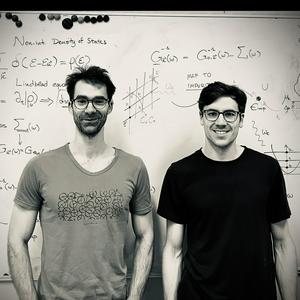
Hol dir die kostenlose radio.at App
- Sender und Podcasts favorisieren
- Streamen via Wifi oder Bluetooth
- Unterstützt Carplay & Android Auto
- viele weitere App Funktionen
Hol dir die kostenlose radio.at App
- Sender und Podcasts favorisieren
- Streamen via Wifi oder Bluetooth
- Unterstützt Carplay & Android Auto
- viele weitere App Funktionen


Bridge the Gap
Code scannen,
App laden,
loshören.
App laden,
loshören.
